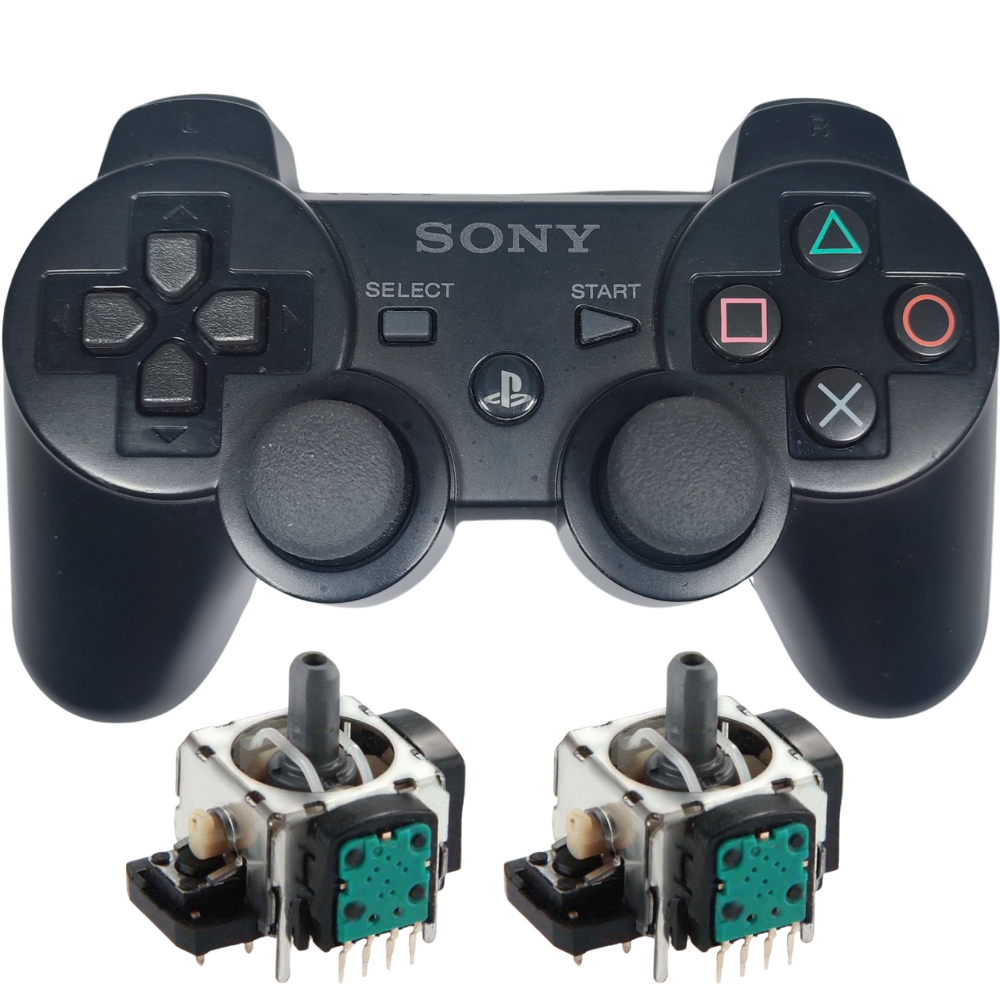
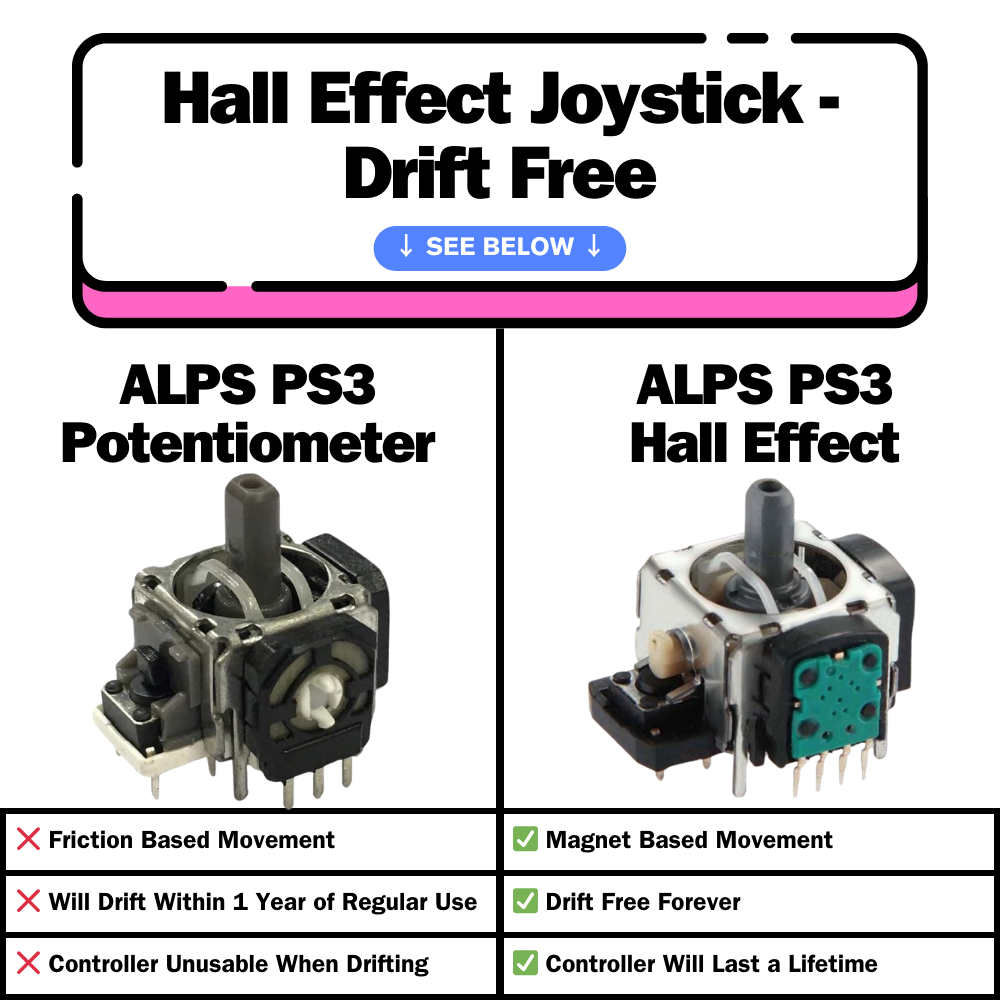
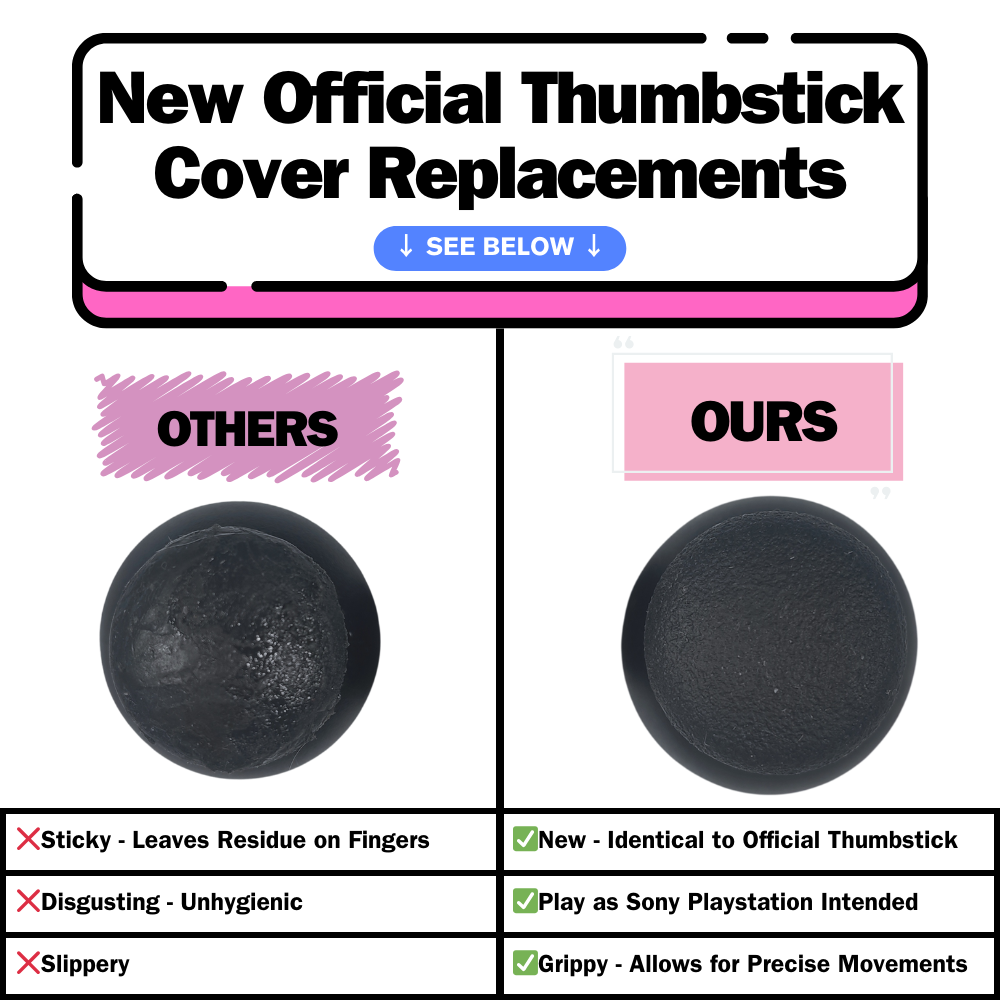

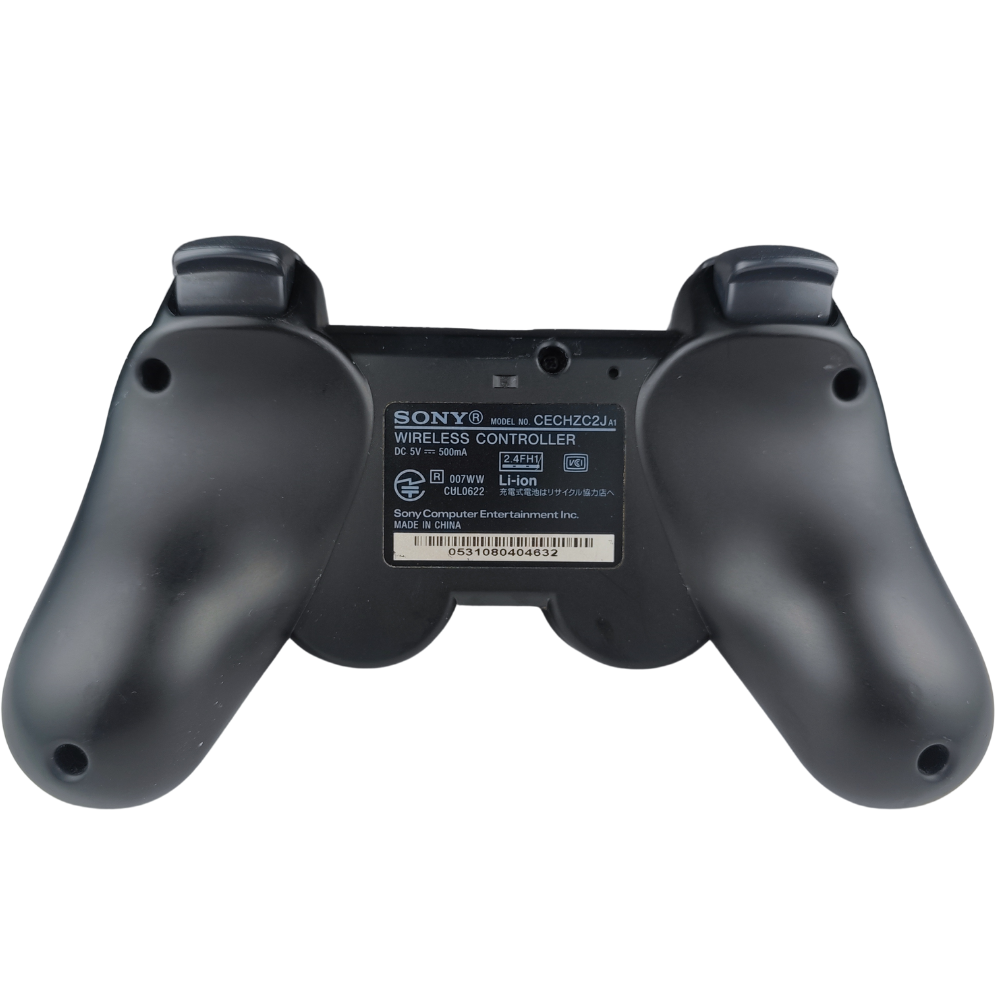
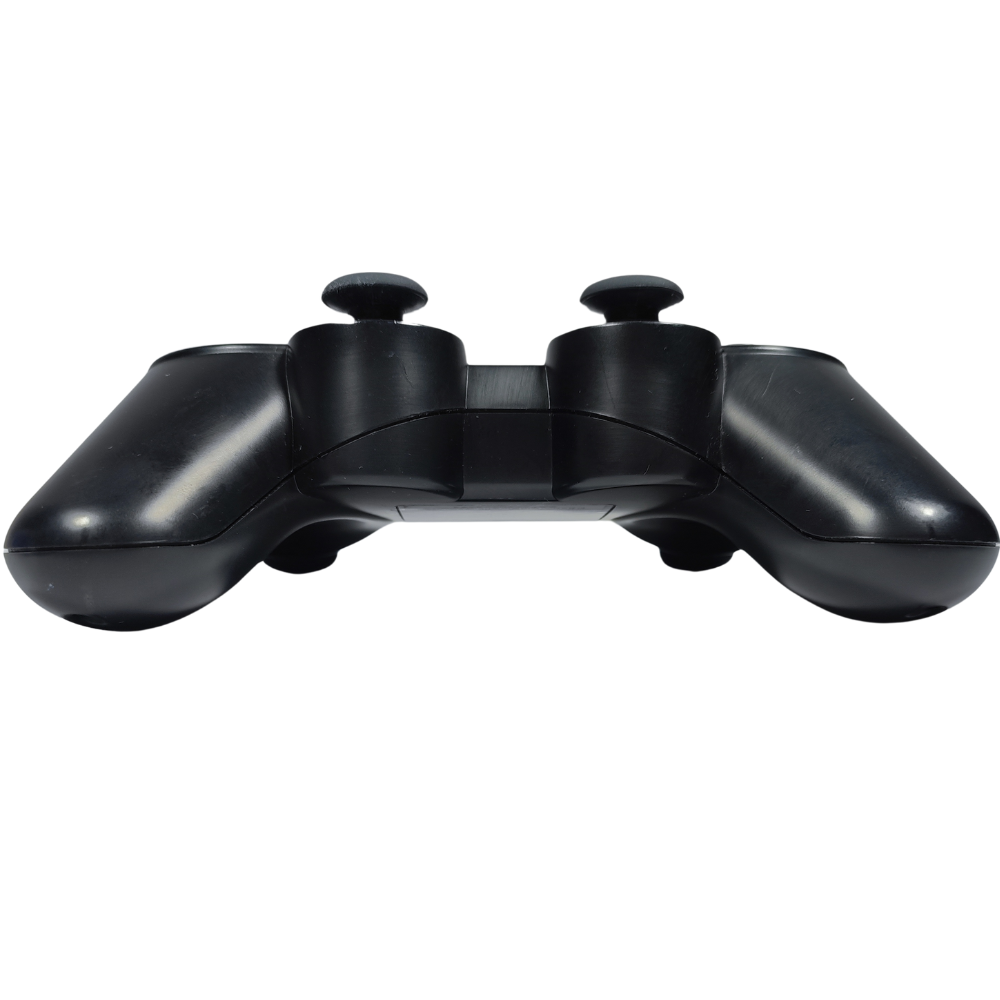
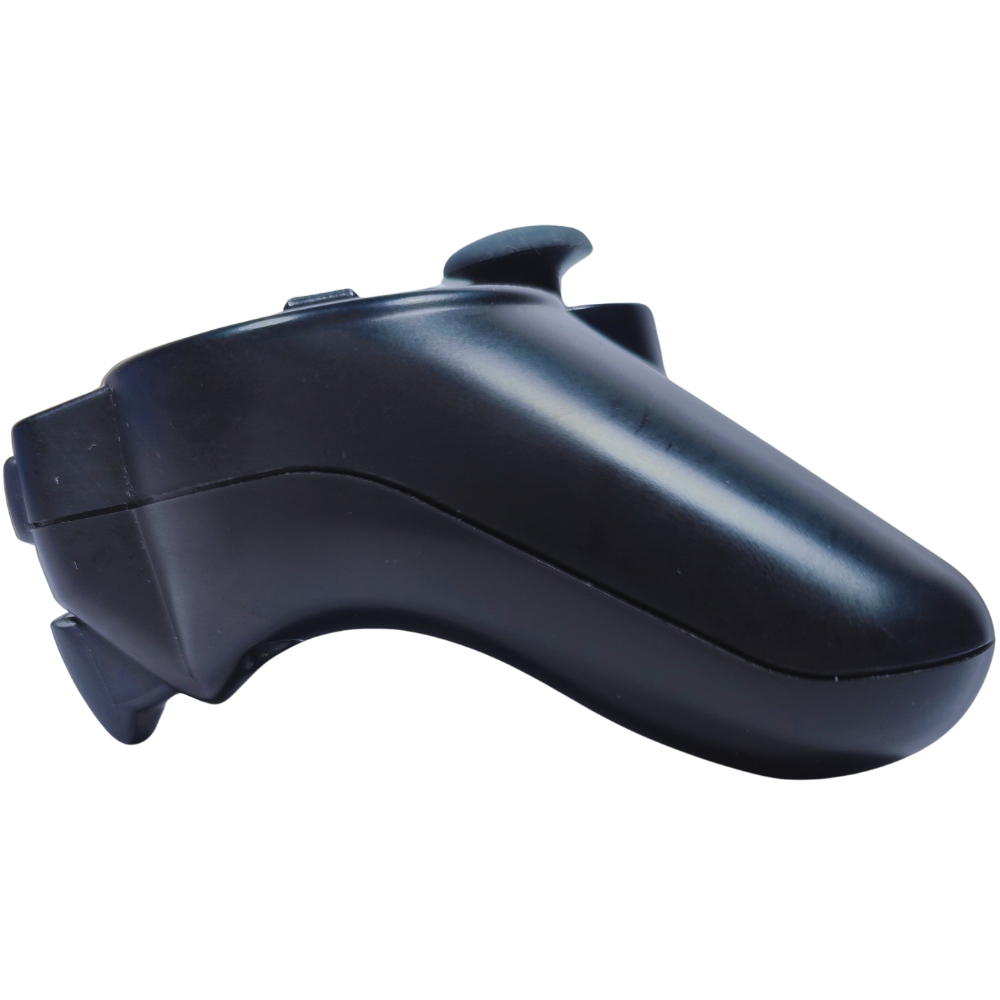
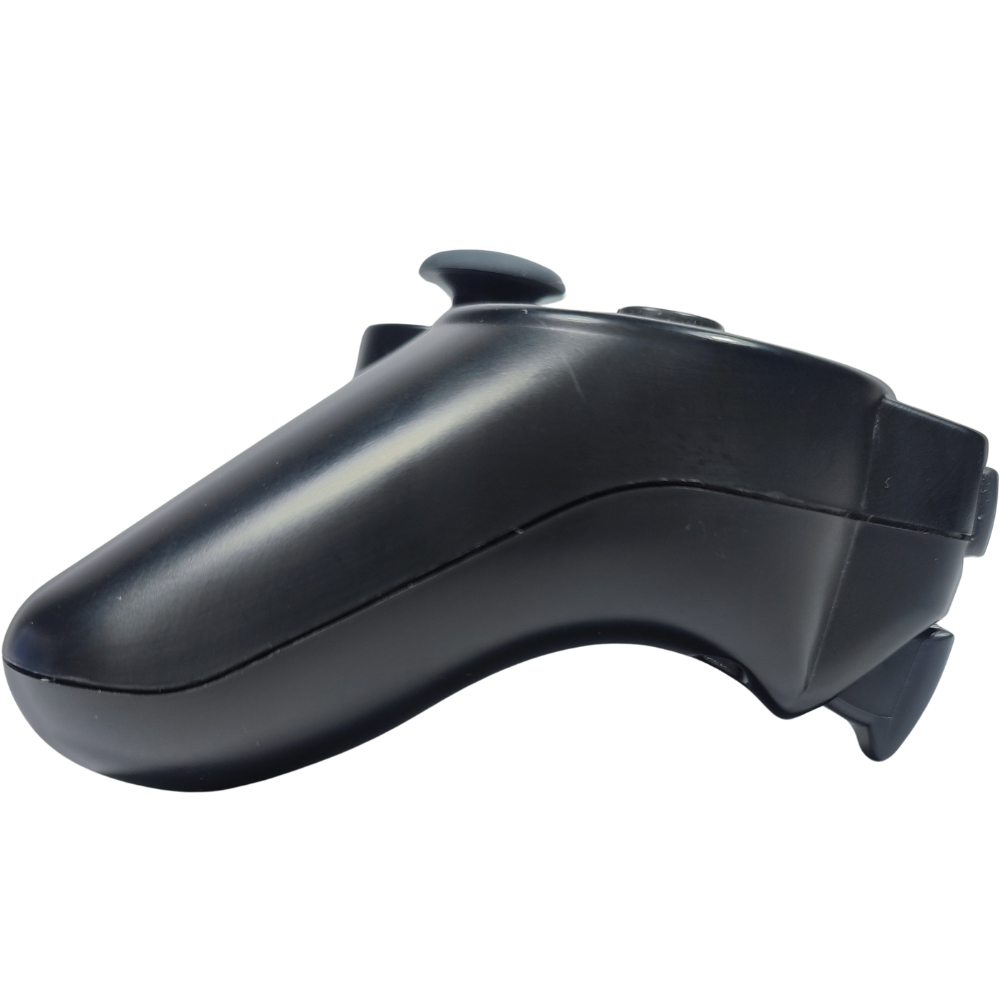










Hall Effect Official Playstation 3 Dualshock 3 Wireless Controller Ps3 500mA
Regular price
$79.99
Secure checkout
Friendly support
Hassle-free returns
sales
Design and Features:
Building on the success of its predecessor, the DualShock 3 introduced several key improvements while maintaining much of the familiar design:
- Wireless Connectivity: One of the major upgrades in the DualShock 3 was the addition of Bluetooth wireless connectivity. This eliminated the need for a cable, offering greater freedom of movement and convenience for players.
- Sixaxis Motion Control: The DualShock 3 introduced motion-sensing technology with Sixaxis, allowing for motion-based input in supported games. Players could tilt, rotate, or move the controller to interact with games, adding a new layer of interactivity.
- Analog Sticks: The controller retained the familiar dual analog sticks for movement and camera control, with slight improvements in sensitivity and accuracy. The L3 and R3 buttons, accessible by pressing the sticks, continued to provide additional input options.
- Vibration Feedback: After a brief absence in the original Sixaxis controller, vibration feedback returned with the DualShock 3, enhancing the immersive experience by simulating in-game actions like explosions, collisions, and gunfire.
- Pressure-Sensitive Buttons: Like the DualShock 2, the DualShock 3 maintained pressure-sensitive face buttons (Triangle, Square, Circle, and Cross) and shoulder buttons (L1, L2, R1, R2), giving players more nuanced control in certain games.
- USB Charging: The DualShock 3 featured a rechargeable battery, charged via a mini-USB cable. This eliminated the need for disposable batteries, making it more convenient for extended gaming sessions.
- Black and Other Colour Schemes: Initially launched in black, the DualShock 3 was later made available in a variety of colours, providing players with more options to personalise their gaming experience.
Historical Impact:
- Widespread Adoption: As the primary controller for the PlayStation 3, the DualShock 3 was widely used throughout the console's lifespan. Its wireless design and motion-sensing capabilities made it a key player in the shift towards more interactive and flexible gaming.
- Reintroduction of Vibration: After its absence in the original Sixaxis controller, the return of vibration feedback in the DualShock 3 was warmly received. This feature, now synonymous with the DualShock series, enhanced immersion and engagement in a wide variety of game genres.
- Sixaxis Motion Control: While motion control was not as heavily adopted by developers as other features, it still influenced certain games, like Heavenly Sword and Flower, which utilised motion input for gameplay mechanics.
- Foundation for Future Controllers: The DualShock 3 built on the foundations laid by the DualShock 2 and incorporated wireless technology and motion sensing, paving the way for future controllers like the DualShock 4 and the DualSense for PlayStation 5.
Importance in Gaming:
- Standardising the Wireless Controller Layout: The DualShock 3 further cemented the layout of two analog sticks, a D-pad, and four face buttons as the industry standard, influencing not only future PlayStation controllers but also those from other manufacturers.
- Motion Control Integration: While not as widely adopted as hoped, Sixaxis motion control influenced the development of motion-sensing technology in future controllers, such as the PlayStation Move and the DualSense controller's adaptive triggers.
- Vibration Feedback: The return of vibration in the DualShock 3 reinforced its importance in enhancing immersion, with many players considering it a vital aspect of modern controllers.
- Versatility Across Genres: Whether for first-person shooters, racing games, or action-adventure titles, the DualShock 3’s combination of motion control, vibration, and pressure-sensitive buttons made it adaptable and appreciated by players across various genres.
Summary:
The DualShock 3 was a pivotal controller for the PlayStation 3, introducing wireless functionality, Sixaxis motion control, and the return of vibration feedback. While its motion-sensing feature wasn’t universally adopted, it contributed to the exploration of new gameplay mechanics. The controller’s durable and ergonomic design, combined with familiar pressure-sensitive buttons and improved analog sticks, made it versatile for a wide array of gaming experiences. As a bridge between the wired controllers of the past and the more advanced technology seen in today’s controllers, the DualShock 3 remains an important part of PlayStation's controller evolution.









